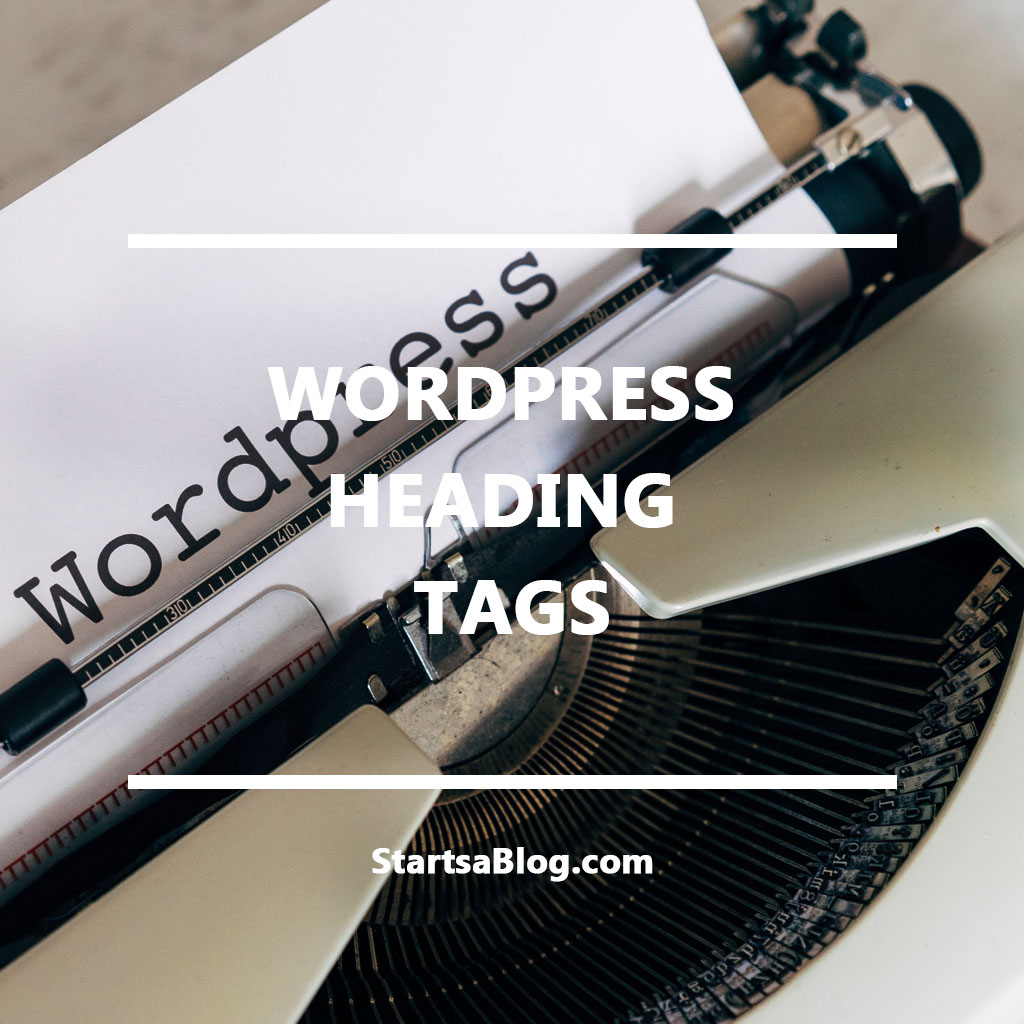WordPress Heading Tags: How and Why to Use Them

Many users do not know the importance of header tags in WordPress and what difference they can make to your content quality. There’s something big for you!
I’ll discuss here the importance of header tags in WordPress and how you can utilize them to boost your blog SEO.
Using WordPress heading tags make your content scannable and logical and allow human readers, Google, and other search engines to know that you’re providing high-quality content.
I’d recommend you read the complete guide to know how WordPress Heading Tags make you stand visible among your competitors and drive more traffic to your blog.
Don’t forget to read how to start a blog in just 7 simple steps.
What are Heading Tags?
Basically, headings are simply titles. In HTML,<h1> to <h6> tags are the heading tags that you see in the text editor as H1 to H6. The higher number of tags are smaller in font size. Moreover, <h1> </h1> is extremely important for web docs and <h6> </h6> is the least important heading for it.
Pro tip: there are two best ways to use headings:
- Make your heading structure organized
- Keep ensuring that you use key phrase in your headings
Reasons Why You Need to Use Heading Tags
Heading Makes Content Scannable for Readers
Have you ever read something without headings? For Instance, a complete page filled with text. You never dare to, right?
Heading tags tells readers what the paragraph is all about. It makes your content scannable so the human reader can get onto reading the section they want to.
The purpose of headings is to provide a good indication of your text to make it understandable for the readers what the paragraph is all about. Make your headings informative for the user.
Heading tags also improve the accessibility of your text, especially for people who can’t read easily from the screen. In many cases, accessibility is good for SEO as well.
Heading Improve SEO of Your Blog
Using headings in your article does not directly impact your SEO. WordPress Heading tags make high-quality and readable content for readers. Better and more understandable content is suitable for users and SEO.
A well-structured content allows the reader to quickly skim throughout the text and find what they are in quest for. If the users can’t find their concerned information quickly, they’ll likely leave your blog in the short term.
If the number of people leaving your site increases, search engines suppose that your website does not provide value to the readers, which will affect your SEO.
In conclusion, your blog probably gets a low ranking just because of poorly structured content.
All you need to do is understand how to use WordPress heading tags in WordPress that make your content readable, scannable, and nicely structured.
How to Structure WordPress Heading Tags
Heading shows the connection between different blocks of text and how they stand in link to one another.
First thing first, an H1 tag is the most crucial tag, which can only be used for the title of the page. You can’t use the H1 heading multiple times on the same page. For example, on this page, I’ve used H1 for “WordPress Heading Tags: How and Why to Use Them,” which is the title of my page. Simultaneously, on the category page, H1 would be the name of the category, and for the product page, it would be the product name.
Secondly, you can use H2 and H3 tags for the subheadings for the different sections of text. Simply? You can consider H2 heading as the different chapters of the books, while the H3 and H4 tags can be used to show the specific details of the topic into subsections.
Pro tip: primarily, the text of 300 or more is suggested to contain subheadings to increase the readability.
WordPress Heading Structure Example
I’ll introduce you to the heading structure you’ll likely use in your blog post to provide your content with a nice visual.
For Instance, your blog post’s primary keyword is “Vlogging tripods,” and you’re writing an article to help readers to buy one.
- H1: Vlog camera tripod for beginners
- H2: Reasons why you need a vlog camera tripod
- H3: Reason no 01
- H3: Reason no 02
- H3: Reason no 03
- H2: Where to buy a vlog camera tripod
- H3: Best websites to buy a vlog camera tripod
- H2: Conclusion
This is how you’re supposed to structure your article. Your content should sound logically structured, and you’ll use H2 to make a section and H3 to cover specific topics.
Final Thoughts
Heading tags provide benefits to the reader and search engine both. Your content becomes scannable, and it improves SEO.
When folks get what they want faster, they’d love to return for more valuable content.
You just need Heading, subheadings, and bullet points to engage readers and increase your content ranking.
Does this interest you?
You’d definitely love to read 5 Ways to Get More Comments on Your New Blog.
If you still have any queries?
Comments below, I’d love to help you out!
